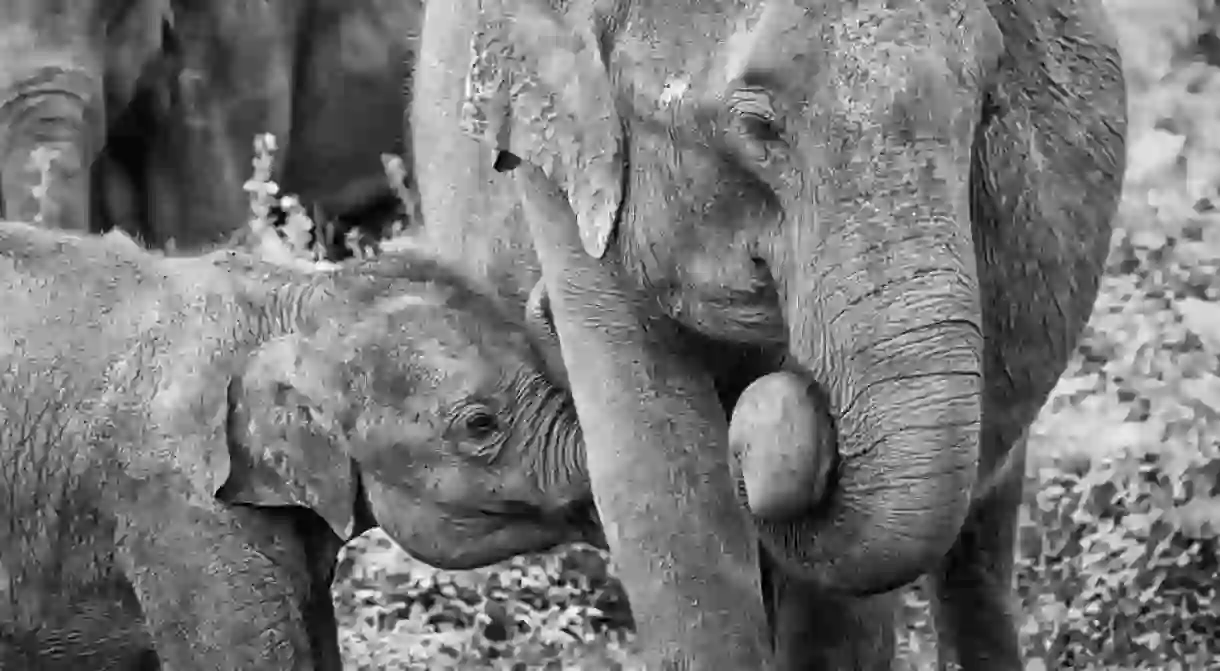How Baby Elephants in Sri Lanka have become a Must-Have Symbol of Status

The relationship between the Sri Lankan native and the elephant predates the Christian era. For over five millennia, inhabitants of the nation have venerated this colossal beast for religious, cultural, ceremonial and economical purposes.
Its presence is ubiquitous; from being mounted on ancient Lankan coins to popular motifs in Sinhalese art, the elephant has been the pride of the nation and attracted abundant tourists to observe the species in their natural habitat.

The majestic animal was not only limited to its usages in rituals and labour, but also used in warfare as the pedestal for ancient kings. The creatures were captivated and domesticated by the imperial and the elite as a mark of their social standing. Unfortunately, it is true that history repeats itself and this practice has survived the test of time and still continues today.
Awards and decorations earned by officers in the armed forces bring them status in the services. Similarly, luxury goods, arts, antiques and even captivating wild beasts are now often seen as symbols of prestige. The nouveau riche wishing to reenact this antique aristocratic tradition of keeping herds of wild creatures as a symbol of status may pick expensive and high-maintenance baby elephants as pets – although there are strict regulations and such activities are deemed illegal and severely punishable by law.
For years the Sri Lankan elephant has been a part of its culture. Although they are hardly used for laborious purposes anymore, they are still fondly decorated in elegant costumes and are a common sight at the ceremonial occasions, especially Peraheras (processions) held by most Buddhist temples around the island. Among these is the well-known Kandy Esala Perahera, where elephants adorned in costumes march by in large numbers.

The Sri Lankan elephant is the biggest and the darkest of the sub-species of the Asian elephant. They can be viewed in large. yet rapidly diminishing, numbers at several national parks, including Udawalawe, Yala, Lunugamvehera, Wilpattu and Minneriya, as well as surrounding protected areas. This gigantic yet gentle animal has also captured the hearts of, and created fond memories for, many tourists over the years, especially those who flock to experience the earth’s biggest land mammals at the world-famous Pinnawala Elephant Orphanage.


However, the land once abounding with these genus is now far and few between. The current population is restricted to the dry zone in the north, east and southeast of Sri Lanka. Activities such as poaching, domesticating baby elephants as pets, armed conflict and civilisation itself has dramatically reduced the herd by 50% over the past 75 years. Initiatives are underway by the Department of Wildlife Conservation to protect and conserve as many viable populations as feasibly possible.
Sadly, the main dilemma the island faces is that their adoration for this indigenous Goliath is also the root cause for causing it grievance.














